Laser Tattoo Removal
There is good news for those who have an unwanted body design by tattoo. Newer laser tattoo removal techniques can eliminate your tattoo with minimal side effects. Here’s how it works: lasers remove tattoos by breaking up the pigment colors of the tattoo with a high-intensity light beam. Black tattoo pigment absorbs all laser wavelengths, making it the easiest to treat. Other colors can only be treated by selected lasers based upon the pigment color.
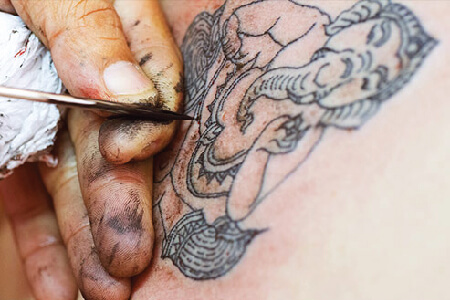
Who Can Benefit From Laser Tattoo Removal?
Because each tattoo is unique, removal techniques must be tailored to suit each individual case. In the past, tattoos could be removed by a wide variety of methods but, in many cases, the scars were more unsightly than the tattoo itself. Patients with previously treated tattoos may also be candidates for laser therapy. Tattoos that have not been effectively removed by other treatments or through home remedies may respond well to laser therapy providing the prior treatments did not result in excessive scarring.
What Can I Expect During Laser Tattoo Removal?
Depending on the size and color of your tattoo, the number of treatments will vary. Your tattoo may be removed in two to four visits, though it may take as many as 10 more sessions. You should schedule a consultation, during which time a trained professional will evaluate your personal situation and advise you on the process.
Treatment with the laser varies from patient to patient depending on the age, size, and type of tattoo (amateur or professional). The color of the patient’s skin, as well as the depth to which the tattoo pigment extends, will also affect the removal technique.
In general, this is what will happen during an office visit for tattoo removal using the newer lasers
- Protective eye shields are placed on the patient.
- The skin’s reaction to the laser is tested to determine the most effective energy for treatment.
- The treatment itself consists of placing a hand piece against the surface of the skin and activating the laser light. As many patients describe it, each pulse feels like a grease splatter or the snapping of a rubber band against the skin.
- Smaller tattoos require fewer pulses while larger ones require more. In either case, the tattoo requires several treatments and multiple visits. At each treatment, the tattoo should become progressively lighter.
- Immediately following treatment, an ice pack is applied to soothe the treated area. The patient will then be asked to apply a topical antibiotic cream or ointment. A bandage or patch will be used to protect the site and it should likewise be covered with a sun block when out in the sun.
Most patients do not require any anesthesia. However, depending on the location of the tattoo and the pain threshold for the patient, the physician may elect to use some form of anesthesia (topical anesthesia cream or painkiller injections at the site of the procedure).
Back to the table of contents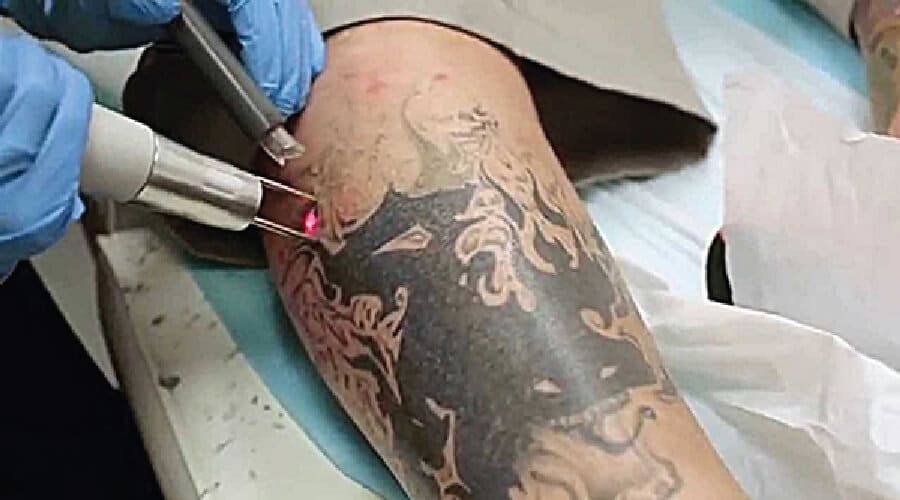
What Are the Possible Side Effects of Laser Tattoo Removal?
There are minimal side effects to laser tattoo removal. However, you should consider these factors in your decision:
- The tattoo removal site is at risk for infection. You may also risk lack of complete pigment removal, and there is a slight chance that the treatment can leave you with a permanent scar.
- You may also risk hypopigmentation, where the treated skin is paler than surrounding skin, or hyperpigmentation, where the treated skin is darker than surrounding skin.
- Cosmetic tattoos like lip liner, eyeliner, and eyebrows may darken following treatment with tattoo removal lasers. Further treatment of the darkened tattoos usually results in fading.
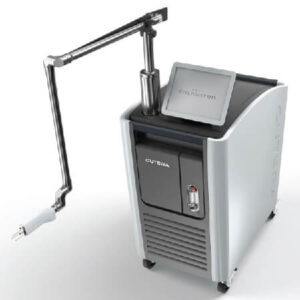

Treatment Details
Operation Time
1 1⁄2 Hours
Anesthetic Method
Anesthetic

Stay in Hospital
1 Day
Recovery Period
1 Week After Surgery
Alert : Common complications that can occur after surgery include: Bleeding, infection Or that inflammation They differ depending on the physical condition of each person. Therefore, caution should be followed strictly.
Atmosphere Rattinan Medical Center
Clean, safe and meet international standards
Class A surgical facility
Along with a team of expert doctors
Established 1999
Accredited by AACI (American Accreditation Commission International) 2021- current

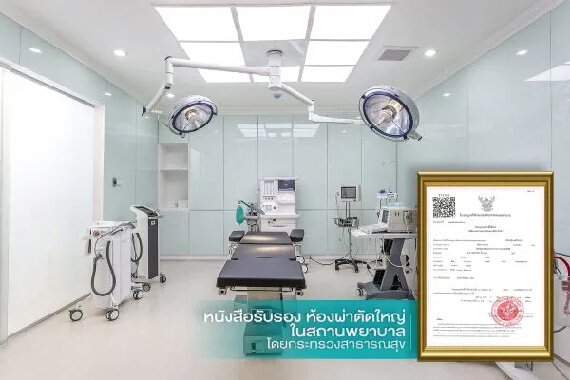
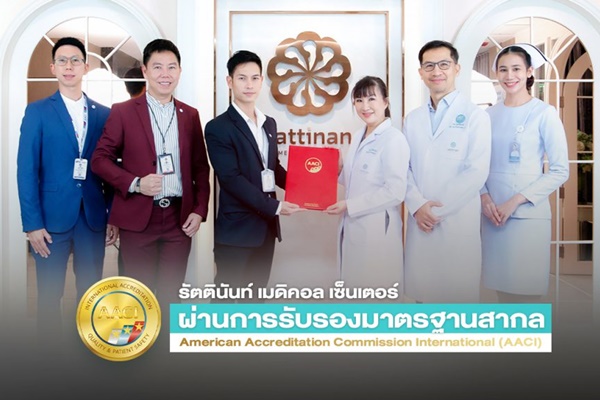
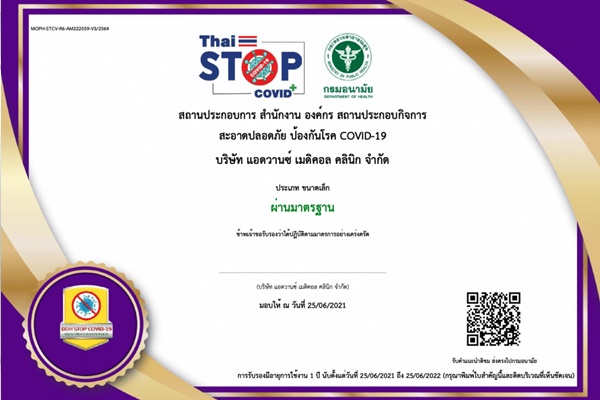
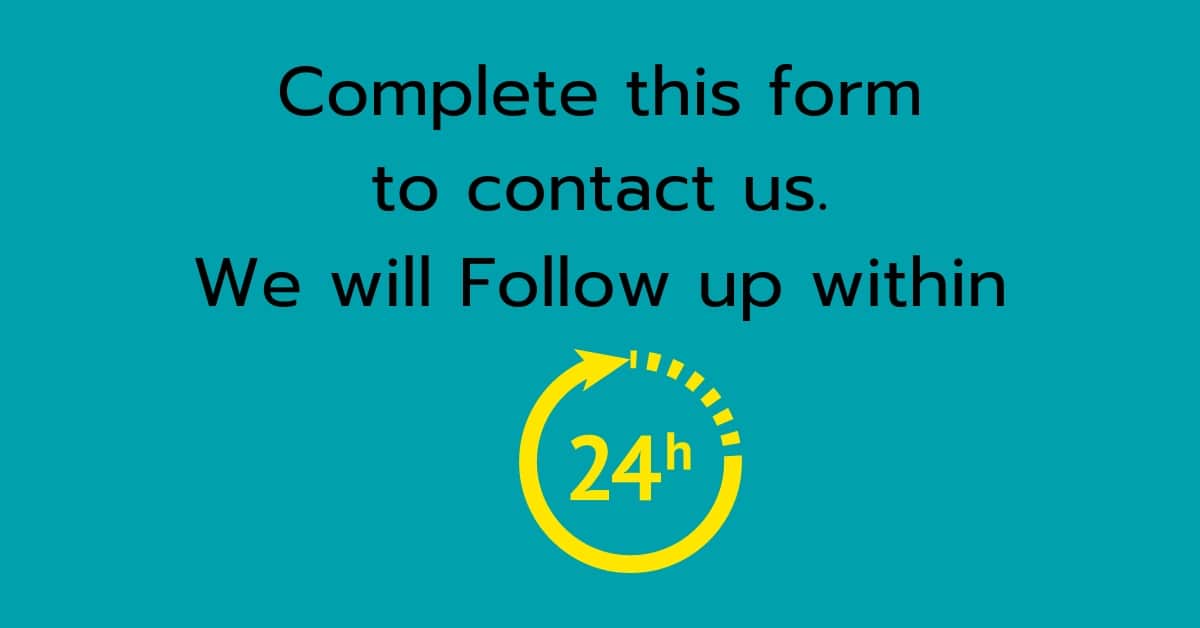

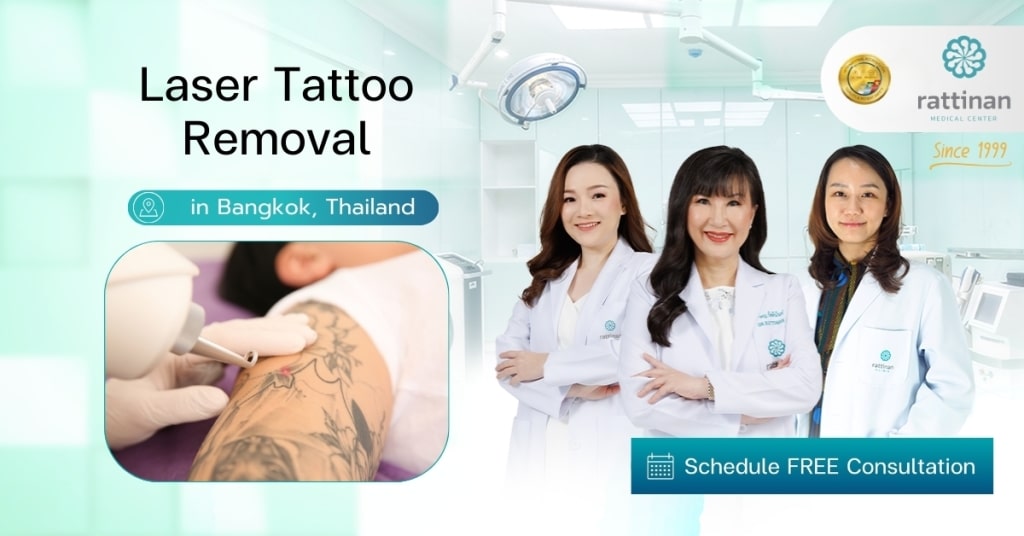

Dr. Suthipong Treeratana (Dr. Nueng) specializes in liposuction and body contouring surgery, focusing on personalized treatment plans to help you feel more confident in yourself.